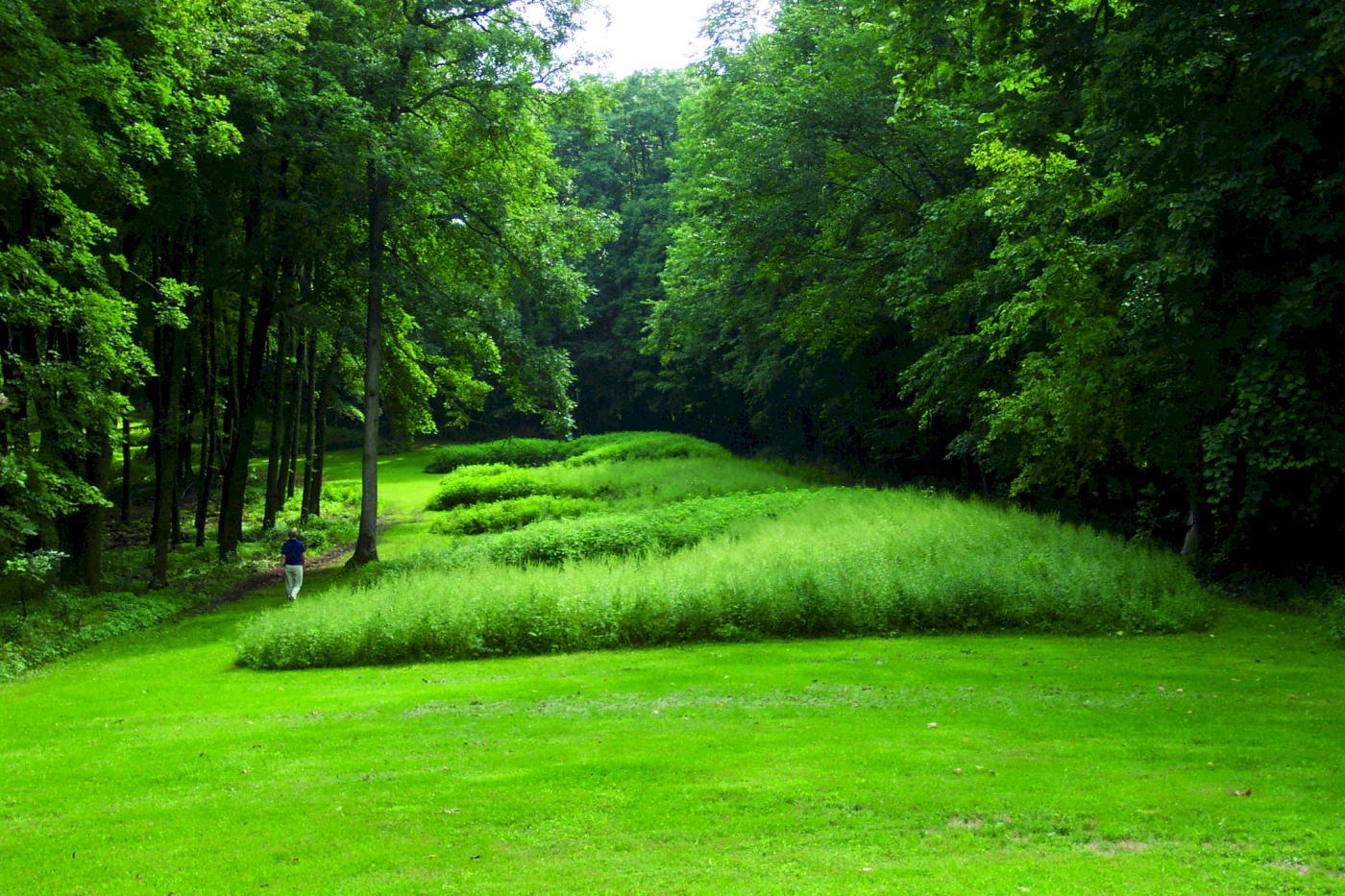Iowa’s Effigy Mounds And Their Hidden Trading Routes

Have you ever wondered about the Effigy Mounds in Iowa? These ancient earthworks, shaped like animals, hold secrets of a time long past. But did you know they also hint at hidden trading routes? Imagine Native American tribes traveling across vast distances, exchanging goods and ideas. The mounds, built over 1,000 years ago, offer clues about these connections. Artifacts found at the site, like shells from the Gulf of Mexico or copper from the Great Lakes, suggest a network of trade that spanned much of North America. Let's dive into the mysteries of these mounds and uncover the stories they tell.
Discovering Iowa's Effigy Mounds
Iowa's Effigy Mounds National Monument is a hidden gem filled with ancient history and natural beauty. These mounds, shaped like animals and other figures, were built by Native American cultures over a thousand years ago. But beyond their fascinating shapes, these mounds also hint at ancient trading routes that crisscrossed the region.
Ancient Trading Routes Revealed
The Effigy Mounds are more than just historical artifacts; they are clues to a vast network of trade routes used by Native Americans. These routes connected different tribes and facilitated the exchange of goods, ideas, and culture.
Mississippi River Corridor
- The Mississippi River served as a major artery for trade. Goods like pottery, tools, and food traveled up and down this mighty river, connecting tribes from the Great Lakes to the Gulf of Mexico.
Wisconsin River Pathway
- The Wisconsin River was another crucial route. It linked the Mississippi River to the Great Lakes, allowing for the movement of copper, shells, and other valuable items.
Des Moines River Route
- The Des Moines River provided a pathway into the interior of Iowa. This route connected the Effigy Mounds area with other important cultural sites in the region.
Cultural Exchange Along the Routes
Trade wasn't just about goods; it was also about the exchange of ideas and culture. The trading routes that connected the Effigy Mounds to other regions helped spread cultural practices, beliefs, and technologies.
Pipestone Quarry
- Located in what is now Minnesota, the Pipestone Quarry was a significant source of red stone used for making pipes. These pipes were traded widely and held cultural significance for many tribes.
Hopewell Interaction Sphere
- The Hopewell culture, known for its elaborate earthworks and extensive trade networks, influenced the builders of the Effigy Mounds. Artifacts from the Hopewell culture have been found in the mounds, indicating a connection between these groups.
Cahokia Connection
- Cahokia, near present-day St. Louis, was a major cultural and trade center. The influence of Cahokia can be seen in the Effigy Mounds, suggesting that ideas and goods flowed between these two important sites.
Natural Beauty and Historical Significance
The Effigy Mounds are not only historically significant but also located in a region of stunning natural beauty. The landscape around the mounds offers a glimpse into the environment that supported ancient cultures.
Yellow River State Forest
- Adjacent to the Effigy Mounds, this forest provides a lush backdrop of rolling hills and dense woodlands. It’s easy to imagine ancient traders moving through these forests.
Driftless Area
- The Effigy Mounds are part of the Driftless Area, a region untouched by glaciers. This unique landscape features deep river valleys and rugged terrain, adding to the mystique of the mounds.
Great River Road
- Following the Mississippi River, the Great River Road offers a scenic route that mirrors ancient trading paths. Traveling this road provides a modern connection to the historic routes used by Native Americans.
Preserving the Legacy
Effigy Mounds National Monument is a testament to the ingenuity and cultural richness of Native American societies. Preserving these mounds and understanding their connections to ancient trading routes helps keep this legacy alive.
Visitor Center
- The Visitor Center at Effigy Mounds National Monument offers exhibits and information about the mounds and their historical context. It’s a great starting point for anyone looking to learn more about this fascinating site.
Educational Programs
- Various educational programs and guided tours are available to help visitors understand the significance of the mounds and the ancient trading routes that connected them to a broader world.
Archaeological Research
- Ongoing archaeological research continues to uncover new information about the Effigy Mounds and their connections to ancient trade networks. This research helps deepen our understanding of the past and its relevance to the present.
Discovering Iowa's Ancient Paths
Effigy Mounds National Monument offers more than just a glimpse into ancient history. These mounds, shaped like animals, hold secrets of the past, including hidden trading routes. Early Native American tribes used these paths for trade, connecting communities across vast distances. Exploring these trails gives insight into their way of life and the significance of the mounds.
Visiting Effigy Mounds isn't just about seeing historical sites. It's about understanding the intricate network of trade and communication that once thrived here. Walking these paths, you can almost feel the presence of those who traveled them centuries ago.
If you ever find yourself in Iowa, take the time to visit Effigy Mounds. You'll gain a deeper appreciation for the history and culture of the Native American tribes who once called this land home. Their legacy lives on in these ancient trails and mounds.

